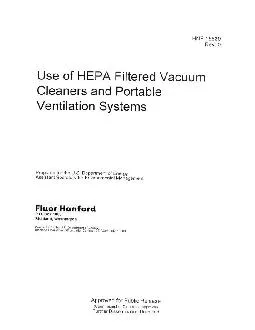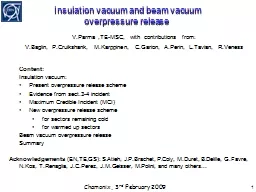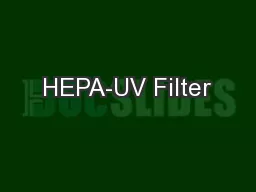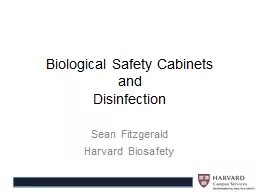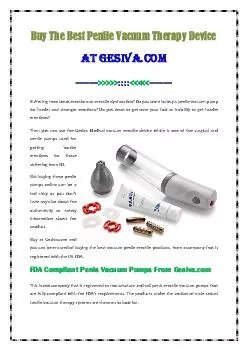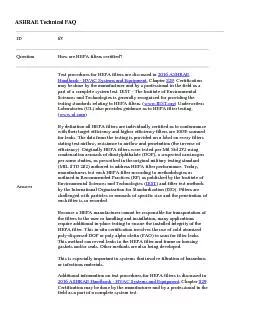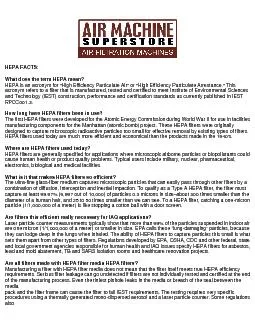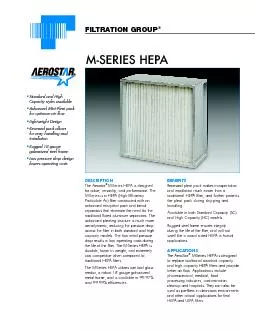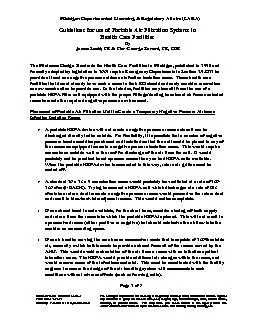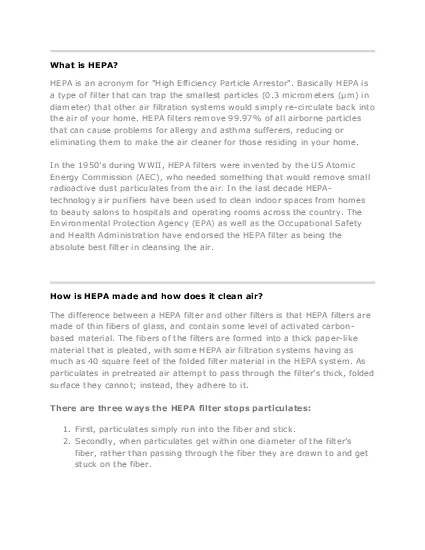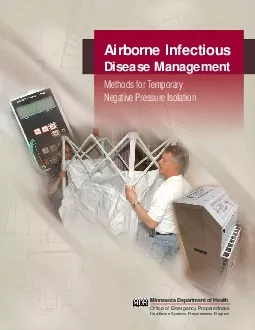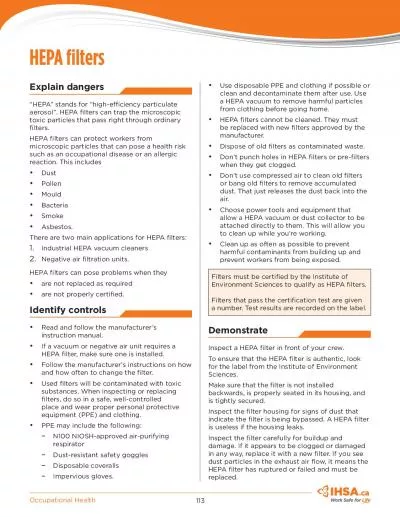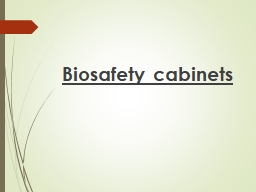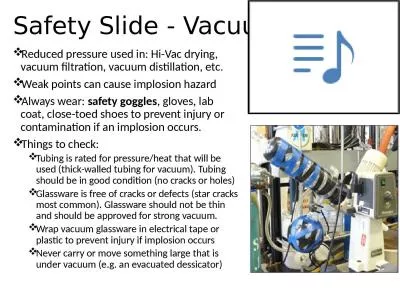PDF-Use of HEPA Filtered Vacuum Cleaners and Portable Ventilation Systems
Author : murphy | Published Date : 2021-06-27
HNF Rev 0 Page i HNF Rev 0 Page ii Figures 1A Chip Collector Made From Waste Drums 11 1
Presentation Embed Code
Download Presentation
Download Presentation The PPT/PDF document "Use of HEPA Filtered Vacuum Cleaners and..." is the property of its rightful owner. Permission is granted to download and print the materials on this website for personal, non-commercial use only, and to display it on your personal computer provided you do not modify the materials and that you retain all copyright notices contained in the materials. By downloading content from our website, you accept the terms of this agreement.
Use of HEPA Filtered Vacuum Cleaners and Portable Ventilation Systems: Transcript
Download Rules Of Document
"Use of HEPA Filtered Vacuum Cleaners and Portable Ventilation Systems"The content belongs to its owner. You may download and print it for personal use, without modification, and keep all copyright notices. By downloading, you agree to these terms.
Related Documents

